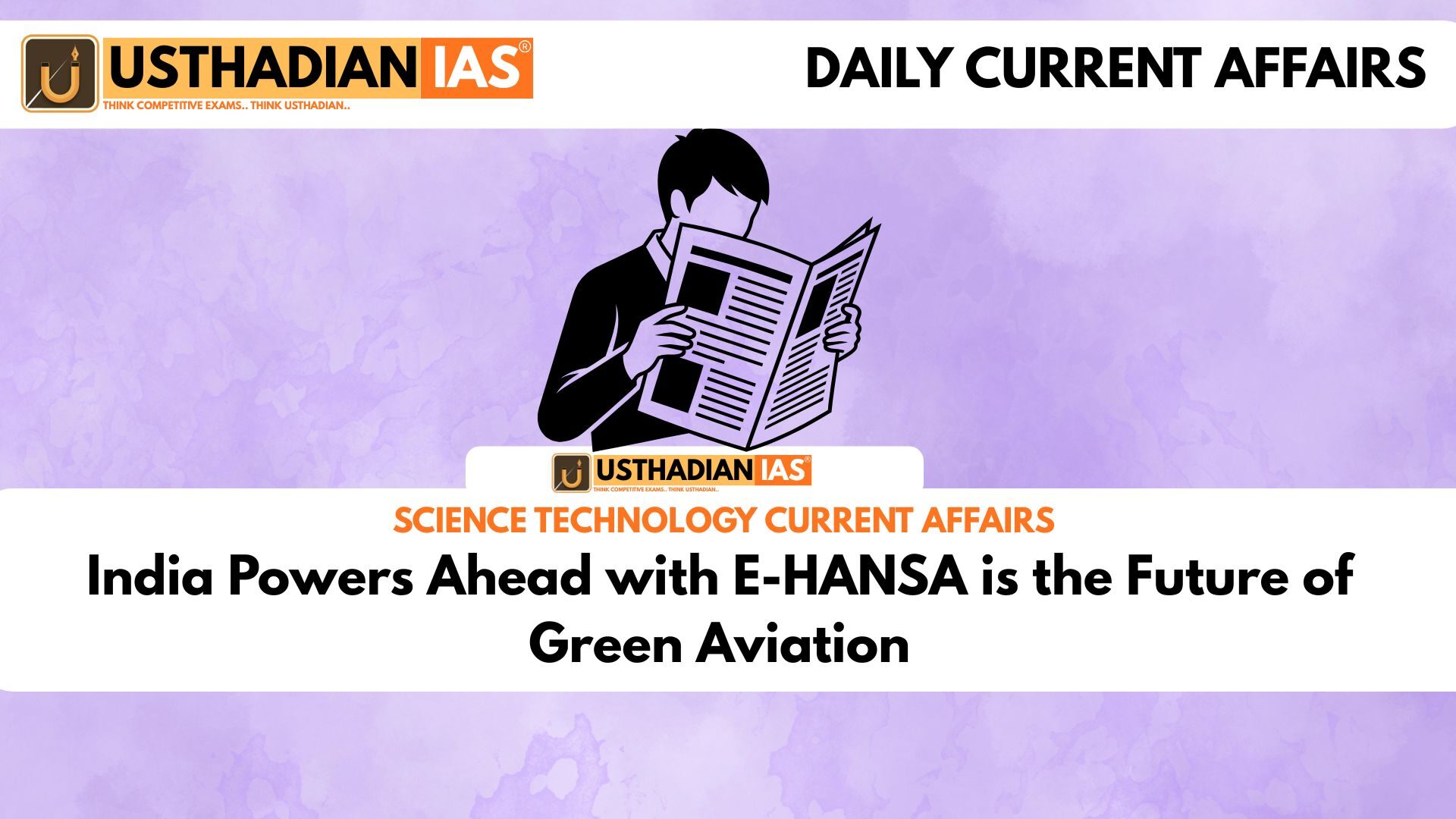India’s Big Leap into Electric Aviation
India Powers Ahead with E-HANSA is the Future of Green Aviation: India has taken a bold step toward eco-friendly aviation by announcing the development of E-HANSA, a new-age electric trainer aircraft. This two-seater plane is being built by National Aerospace Laboratories (NAL) under the Council of Scientific & Industrial Research (CSIR). It’s not just about flying — this aircraft represents a green future, reduced carbon emissions, and a push for local innovation in aerospace technology.
E-HANSA will be a part of the HANSA-3 Next Generation program and is expected to cost only ₹2 crore, nearly half the price of imported training aircraft. This move could save money, reduce dependence on foreign tech, and boost “Make in India” in the aviation sector.
Why E-HANSA Matters for India?
The introduction of E-HANSA goes beyond just making a new plane. It’s a strategic mission that aims to:
- Support India’s green aviation vision
- Provide a cheaper and cleaner solution for pilot training
- Strengthen India’s scientific and industrial self-reliance
The aircraft is expected to change how young pilots are trained in India by offering an affordable and sustainable training option. This supports India’s broader vision of carbon neutrality and green energy.
Public-Private Push in Science and Innovation
During a key review meeting, Dr. Jitendra Singh, Union Minister for Science & Technology, emphasized the need to turn India’s indigenous research into market-ready products. He encouraged Public-Private Partnerships (PPPs) and asked the National Research Development Corporation (NRDC) to follow models like DBT-BIRAC and IN-SPACe, which have successfully connected labs with industries.
He also highlighted the importance of standardizing technology transfer, improving ease of doing scientific business, and strengthening ties under the philosophy of “Vasudhaiva Kutumbakam”, meaning “the world is one family.”
ISRO’s Rising Role and New Missions
Dr. Singh also took time to celebrate ISRO’s recent successes:
- The SPADEX mission, which showed off critical docking and undocking technology for India’s human spaceflight program, Gaganyaan.
- Operation Sindoor, a high-level mission that received wide appreciation.
- Collaboration with 40 Union Ministries and 28 State Governments, proving ISRO’s crucial role in governance and national progress.
Space, Science, and Global Vision
India’s space goals are reaching new heights. It was announced that Group Captain Subhash Shukla will represent India in the Axiom Space Mission, where he’ll carry out seven microgravity experiments aboard the ISS — a proud moment for India in global space research.
There’s also a plan to organize Chintan Shivirs region-wise. These will involve major science departments like DST, DBT, CSIR, ISRO, and others to ensure collaborative and forward-looking scientific planning.
Building a Global Science Ecosystem
India is also focusing on attracting international scientific talent. The proposed “Global Science Talent Bridge” aims to bring in top minds from around the world. At the same time, the response from Indian students toward CSIR lab visits has been so massive that visits had to be paused for security — a clear sign of rising interest in science.
In global partnerships, countries like Switzerland and Italy are looking to collaborate with India, joining earlier allies like France and Germany in promoting science diplomacy.
Static Usthadian Current Affairs Table
| Topic | Details |
| E-HANSA Aircraft | Two-seater electric trainer aircraft developed by CSIR-NAL |
| Estimated Cost | ₹2 crore (half the cost of imported trainers) |
| HANSA-3 NG Program | Part of India’s green aviation initiative |
| Dr. Jitendra Singh | Union Minister for Science & Technology |
| NRDC | Promoting tech transfer through PPPs |
| SPADEX Mission | Demonstrated docking for Gaganyaan |
| Axiom Space Mission | Group Captain Subhash Shukla to perform 7 experiments on ISS |
| Vasudhaiva Kutumbakam | India’s science diplomacy motto |
| Public-Private Models | DBT-BIRAC, IN-SPACe for innovation commercialization |
| ISRO Collaborations | Tied with 40 Union Ministries and 28 State Govts |
| Global Partners | Switzerland, Italy, France, Germany in scientific collaborations |








